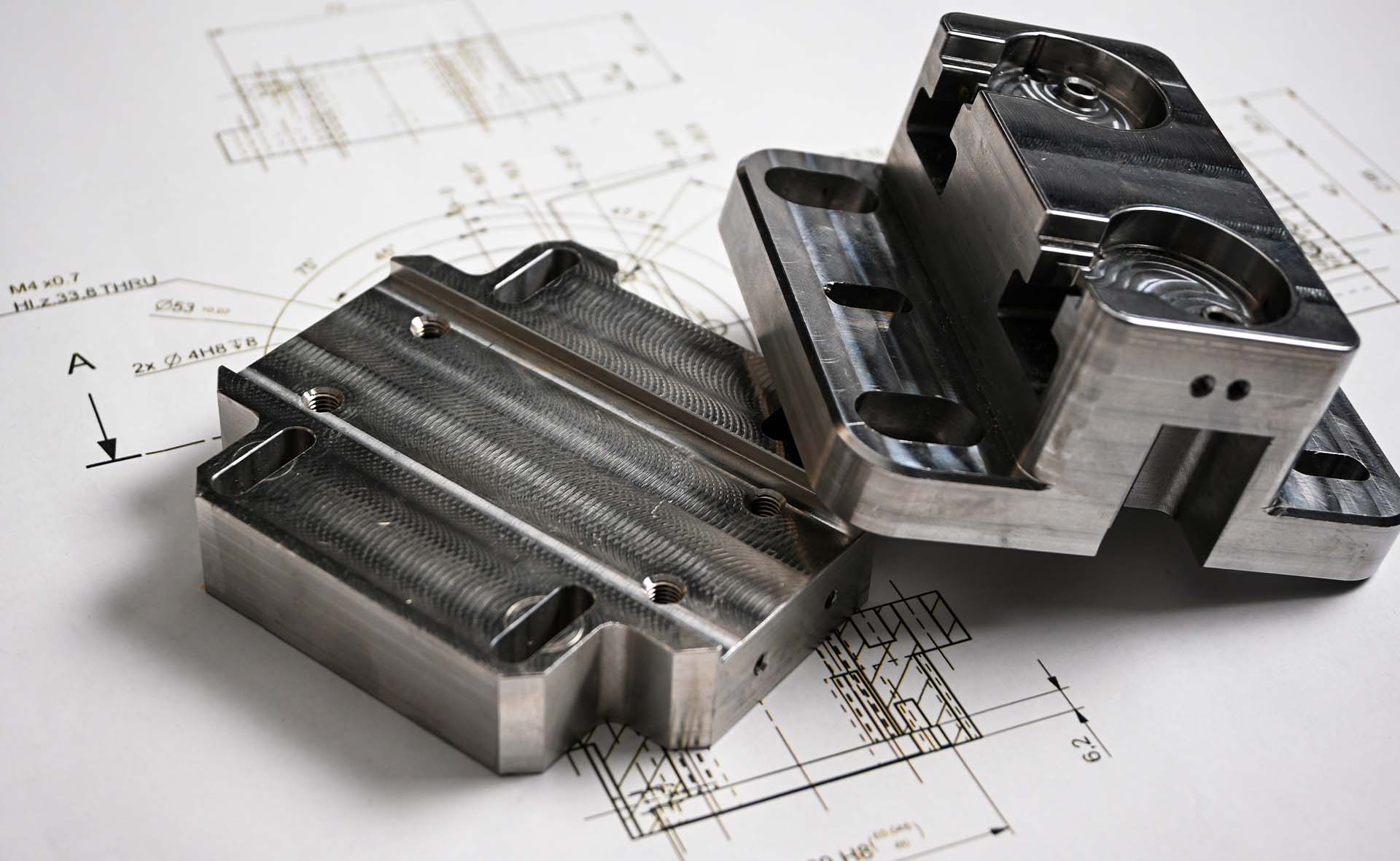Praesidium is a Utah-based innovator and the creator of BioFi, a cutting-edge technology that monitors vitals and sleep for users. This breakthrough device can detect human vital signs without any physical contact, even through hard surfaces, with exceptional accuracy and precision.
| Company | Praesidium |
|---|---|
| Location | Utah, USA |
| Industry | Smart Technology |
| Product | BioFi RemWave® – Vital Monitoring Device |
| Part Type | PCB spacer, device housings, buttons |
| Service | Die Casting, Rapid Tooling & Injection Moulding (Multi-Cavity), Assembly |
| Mould Material | SKD61, P20 Steel |
| Part Material | Aluminium A360, ABS-94V0 (White), PC+ABS |
| Surface Finish | MT-11010, SPI-B1, Silk Screening, Laser Etching |
| Quantity | 500 to 1000 pieces (low-volume) |
To bring this innovative RemWave technology to life, Praesidium partnered with scientists from NASA and MIT, as well as bespoke hardware manufacturers like HLH Rapid, to deliver a fully functional and market-ready device.
HLH Rapid played a crucial role in BioFi’s development by providing high-quality metal and plastic components, ensuring the device’s performance and aesthetic standards were met.
The lightweight, durable housing was die-cast from Aluminum A360 with a laser etched “Powdered by Biofi” logo (supplied by the client in .ai format).

HLH also injection moulded the PC+ABS lower housing and PCB spacer, using a multi-cavity P20 steel tool. The client-supplied “Powered by BioFi” logo was silk screened for a polish finish.

HLH Rapid’s efficient ordering and production processes enabled Praesidium to move swiftly from concept to production. Here’s how we made it happen:
In the first DFM, HLH’s engineers highlighted that there could be a shrinkage problem but we would only know the significance of the impact after we injection mould the first set of parts.

Upon assembly, it was clear that the enclosures did not align correctly, with a portion of the base failing to make contact with the surface due to shrinkage and warp. This misalignment highlighted the need for further adjustments to ensure proper fit and functionality in the final product.
To mitigate deformation as much as possible, HLH’s engineers adjusted the injection parameters accordingly and provided a revised DFM outlining the necessary design changes that would need to be made for better part production.

“We outsourced our initial design, and the third-party firm focused only on aesthetics, without considering DFM (Design for Manufacturing),” said Kelli Klunder from Praesidium. “HLH was quick to identify and solve the shrinkage issue, providing practical solutions that made all the difference. We moved forward with their recommendations, and the results were fantastic!”
Thanks to close collaboration and problem-solving between HLH and Praesidium’s engineering team, the assembly alignment challenges were swiftly resolved. The initial 500 to 1000 units were delivered successfully, meeting both quality and timeline expectations.

Praesidium has since successfully launched its BioFi technology and RemWave device into the market. With the high-quality tools now readily available for production, Praesidium is well-equipped to keep up with demand.
Looking to get your parts made with HLH? Get in touch with our team today through our submission form or at info@hlhrapid.com.
